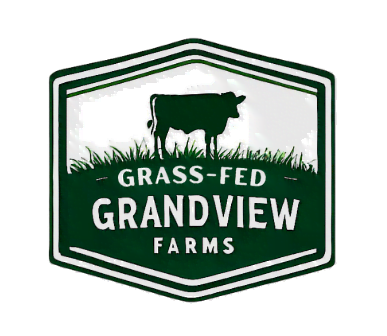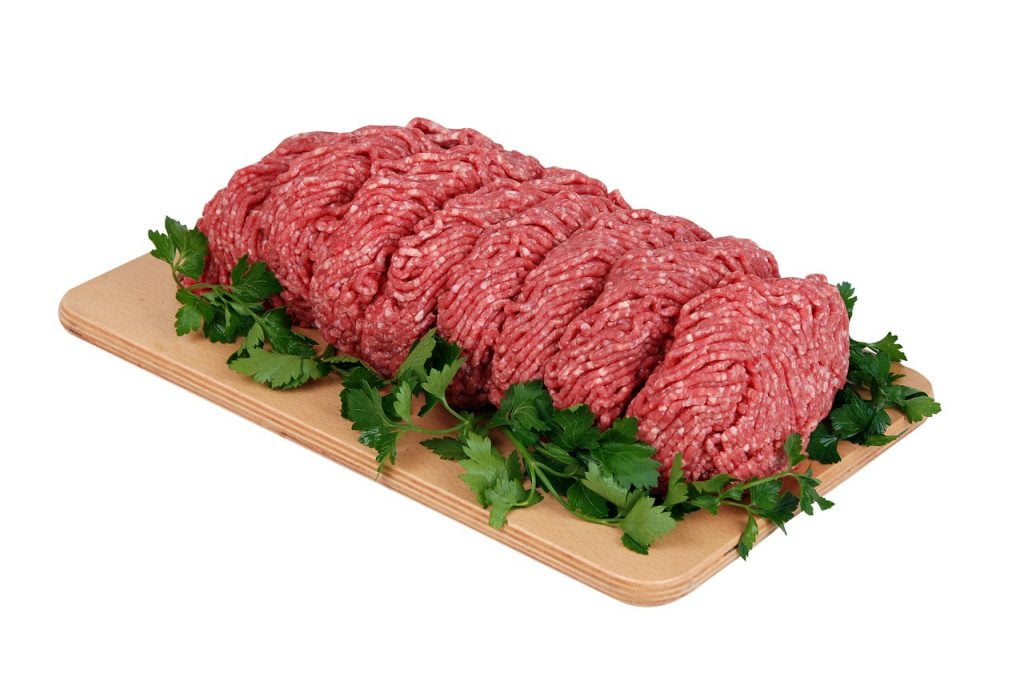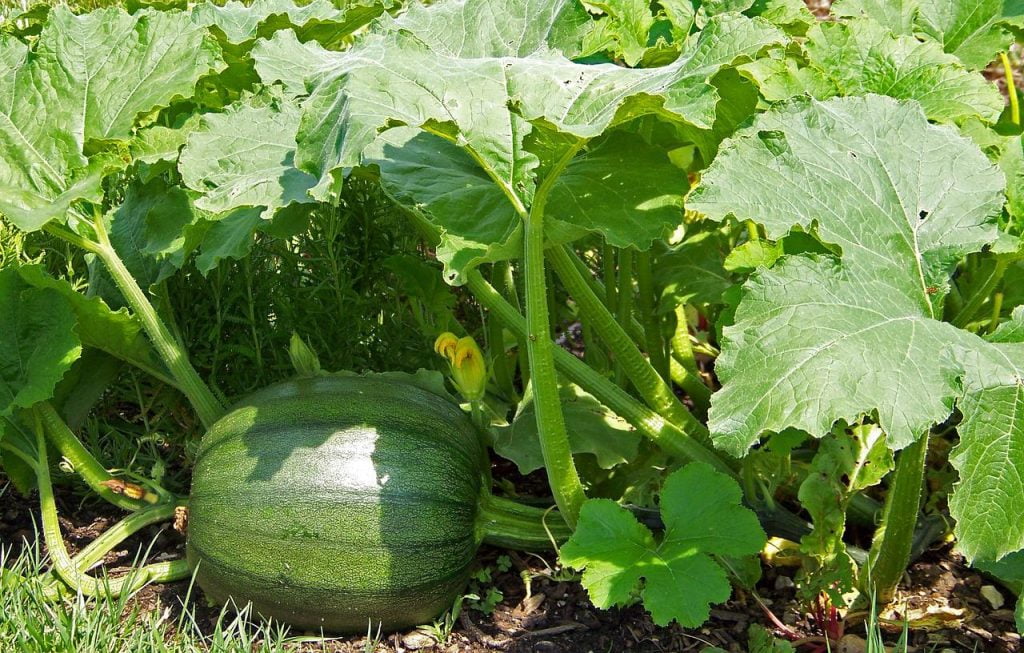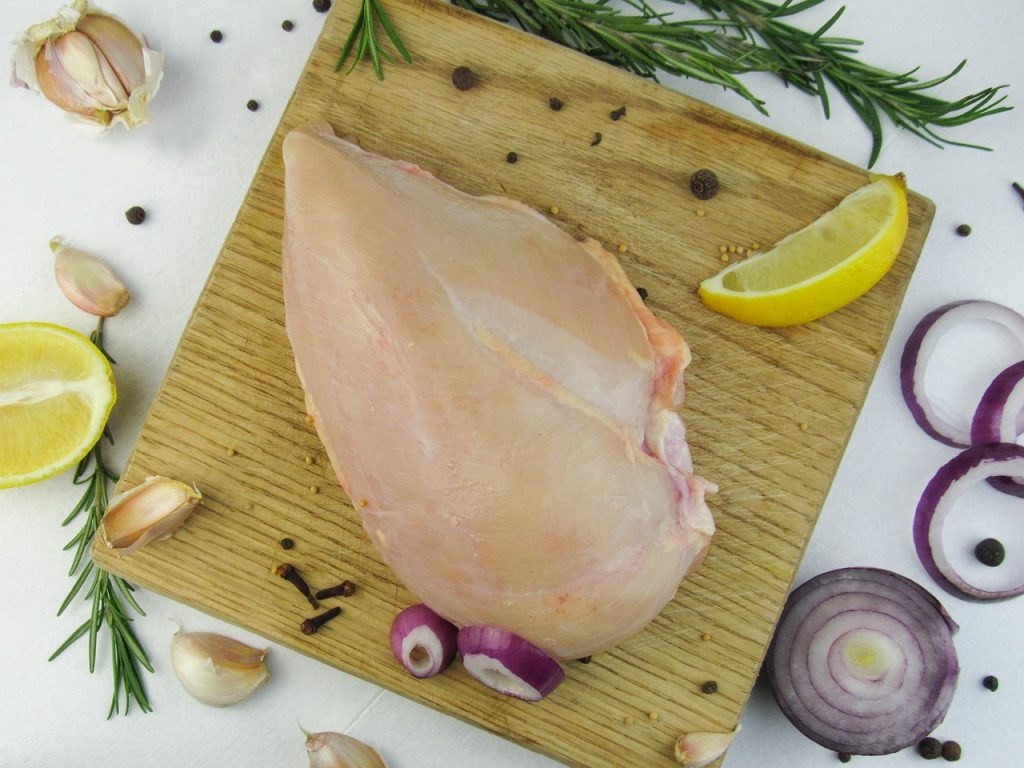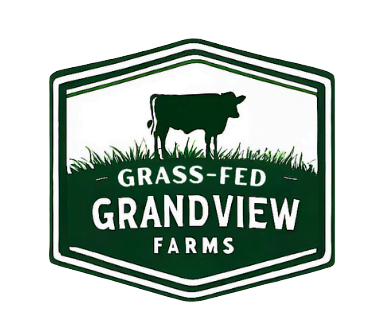
Cattle ranching has long conjured images of sun-baked cowboys galloping across sprawling plains, herding bovine companions amidst the whisper of tumbleweeds. But the 21st century is witnessing a fascinating rodeo, where robotic wranglers are vying for space alongside their seasoned human counterparts. This article delves into the evolving world of beef cattle production, exploring how technology is transforming the traditional cowboy way of life, and whether robots are destined to steal the show.
From Lasso to Lidar: Automation Takes the Reigns
The automation revolution has swept across industries, and agriculture is no exception. Precision livestock farming leverages technologies like:
Robotic feeders and waterers: Equipped with sensors, these systems automatically distribute feed and water based on individual animal needs, optimizing resource allocation and preventing waste. According to a 2022 report by Allied Market Research, the global market for automatic livestock feeders is expected to reach $1.3 billion by 2030, showcasing the rapid adoption of this technology.
Automated milking systems: Gone are the days of hand milking; robotic milking machines now gently extract milk from cows, ensuring consistent milking schedules and improved milk quality. A 2023 study published in the Journal of Dairy Science revealed that robotic milking systems led to a 12% increase in milk production compared to traditional milking methods.
Drone herding: Say goodbye to dust clouds and yee-haws; drones equipped with thermal imaging cameras are now being used to monitor and herd cattle over vast distances. A 2021 article in The Guardian highlighted a pilot project in Australia where drones successfully herded 200 cattle across 2 kilometers of rugged terrain in just 15 minutes, significantly reducing labor costs and stress on both cattle and humans.
Data Wrangling: From Gut Feeling to Algorithms
Livestock management is no longer solely reliant on intuition and experience. Sensor-laden collars and ear tags monitor vital signs like temperature, heart rate, and activity levels, providing valuable data for health monitoring and disease prevention. This data is then analyzed by AI algorithms, enabling farmers to make informed decisions about feed, medication, and breeding strategies. A 2023 report by MarketsandMarkets predicts that the global agricultural data analytics market will reach $18.8 billion by 2027, underscoring the growing importance of data-driven farming.
The Steaks are High: Balancing Efficiency and Ethics
While automation offers undeniable benefits in terms of efficiency and productivity, concerns remain about animal welfare and the potential displacement of human labor. Critics argue that excessive reliance on technology could lead to impersonal and potentially harmful treatment of animals. Additionally, the automation of tasks in beef cattle production traditionally performed by cowboys raises concerns about job losses and the erosion of rural communities.
Finding the right balance between technological advancement and ethical considerations is crucial. Responsible adoption of automation should prioritize animal welfare through proper training of technology operators and implementation of safeguards to prevent animal distress. Additionally, reskilling and upskilling programs can equip displaced workers with the skills needed to thrive in the evolving agricultural landscape.
Fun Food Facts: Did You Know?
The average American consumes 54.9 pounds of beef per year, according to the USDA.
The world’s first cloned cow, named “Bullegene,” was born in Belgium in 2003.
The largest recorded cow, a Holstein named Blossom, weighed over 2,300 pounds!
Cows have four stomachs and can chew their cud for up to eight hours a day.
The moo of a cow can be heard for up to five miles on a calm day.
Howdy, Partner: The Rise of the Robot Rancher
Gone are the days of grainy sci-fi movies depicting robotic cowboys terrorizing the frontier. Today’s reality is far more nuanced and practical. Picture this: a sturdy, solar-powered robot equipped with cameras, sensors, and a friendlymoo-inducing voice, methodically patrolling a vast pasture. This robotic rancher meticulously monitors the herd, identifying individual animals, tracking their health and movements, and even dispensing targeted feed and medication based on real-time data.
Data Dorado: From Moo-vements to Moo-dels
The data revolution is transforming the way we understand and manage cattle. Imagine a world where every moo, every munch, and every meander is translated into valuable insights. Sensor-laden collars and ear tags collect a treasure trove of data on vital signs, location, and behavior. This data is then fed into powerful AI models that analyze grazing patterns, predict health issues, and optimize feed allocation, leading to significant improvements in herd health, productivity, and sustainability.
The Human Touch: A Symphony of Skills
Automation doesn’t spell doom for the cowboy way of life. Instead, it’s creating a symphony of skills, where human expertise and intuition blend seamlessly with robotic precision. Farmers become data analysts, interpreting complex metrics and making informed decisions based on real-time insights. They become tech-savvy shepherds, utilizing tablets and drones to monitor their herds from afar, ensuring animal welfare and optimizing grazing patterns.
The Moo-ving Frontier: Ethical Considerations and a Sustainable Future
The integration of technology into cattle ranching raises important ethical questions. Ensuring animal welfare must remain paramount. Robots should be viewed as helpful partners, not replacements for responsible animal care. Transparency and responsible AI development are crucial to building trust and ensuring ethical treatment of livestock.
Conclusion: A Rodeo of Change
The beef cattle production industry is at a crossroads, where the dust of tradition mingles with the whirring gears of innovation. The cowboy spirit of resilience and resourcefulness remains vital, but now it must adapt to the changing landscape. By embracing technology responsibly and prioritizing both efficiency and ethics, the future of beef cattle production can be a win-win for farmers, consumers, and animals alike. So, whether it’s a seasoned cowboy or a shiny robot, the one who ensures the well-being of our bovine companions while providing us with our steaks will ultimately win the hearts (and stomachs) of the world.
Remember, this is just a starting point. You can elaborate on each subheading with more specific data, examples, and personal anecdotes to make the content more engaging and informative. You can also add more fun food facts throughout the article to keep the reader entertained.
Thank you for reading blogs from Grandviewfarms.
You may also like:
Local Beef: A Culinary Tradition Worth Preserving
Savoring Wholesomeness: The Grass Fed Beef Revolution Unveiled!
Beyond the Supermarket: Discovering the World of Farm Fresh Beef
